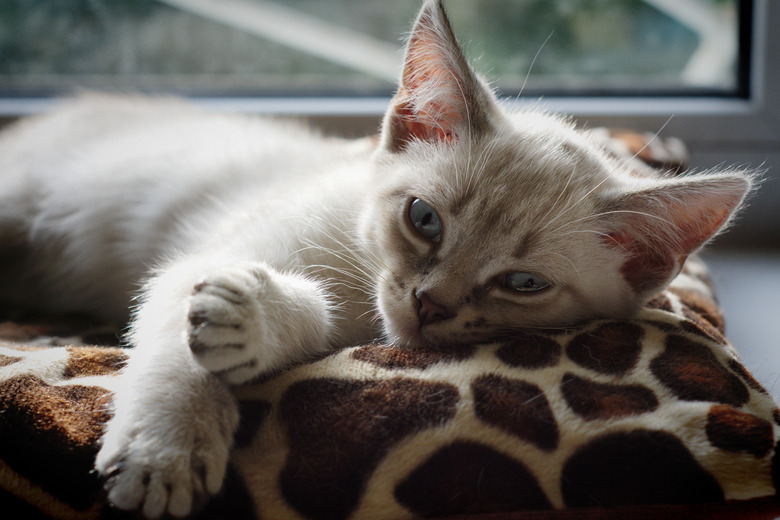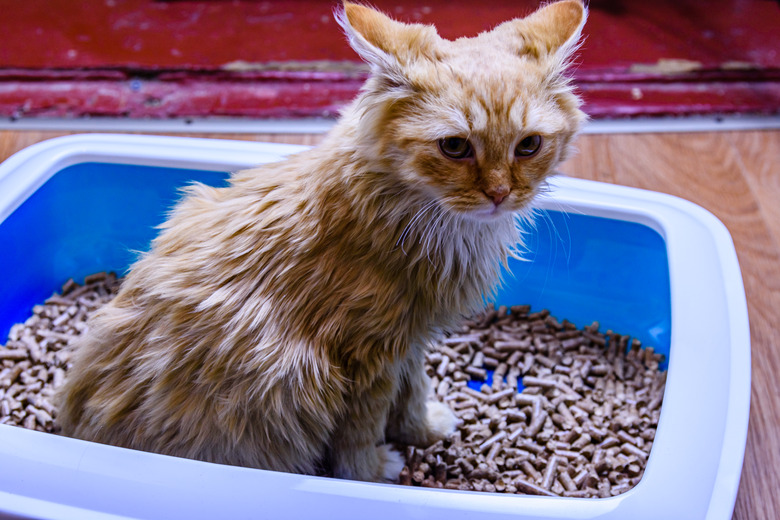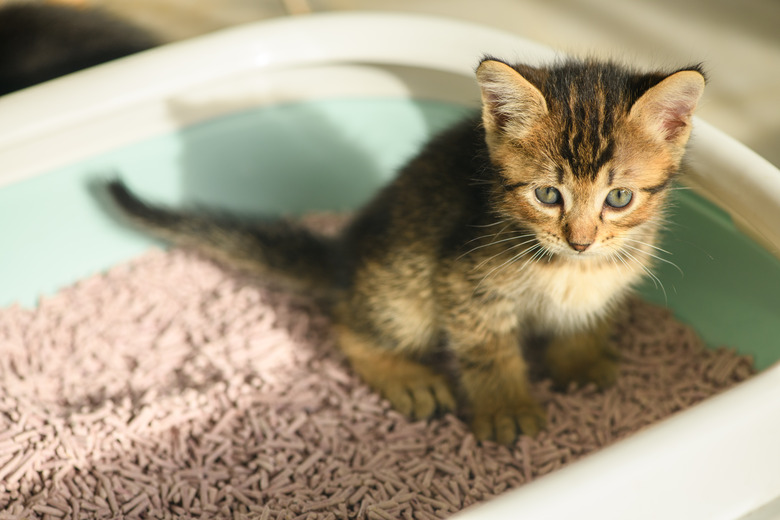How Does Kitty Litter Work?
What is kitty litter made of? Over the past 75 years, kitty litter has come a long way. Once upon a time, cats made do with boxes of sand and ashes; today the litter options fill long aisles in retail stores. Litter materials include clay, bentonite, silica pearls, and some alternatives made of newspaper, pine or other biodegradable materials.
Not properly managing your kitty litter box, the litter in it, and how often you change it can lead to urinary problems that could lead to a trip to the vet. Understanding the different types of kitty litter ingredients available will help you choose the best type for your cat.
Clay litter attributes
Clay litter attributes
Absorbent clay was a step up from sand and ashes because it offered better odor control. Over time, clay litter improved, adding ingredients such as baking soda or charcoal to help absorb odor from urine and feces. When a cat urinates in clay litter, the urine runs through the clay to the bottom of the pan, which helps control the ammonia scent until the clay becomes too saturated with urine.
Clay litter has several problems, however, including that it's dusty, is easily tracked by cats when they leave the box, becomes very heavy when saturated and doesn't last as long as other types of litter.
Daily scooping of feces minimizes odor. When the pan is saturated, which usually takes about a week for one cat, the old litter should be dumped, the pan cleaned and filled with fresh litter. Frequency of use is a better indicator of when it's time to change litter, rather than days or weeks. You can even look into self-cleaning litter boxes (machines) that sift litter for you.
Clumping sodium bentonite litter
Clumping sodium bentonite litter
The magic ingredient in clumping litter is sodium bentonite, a type of clay. The sodium bentonite reacts by swelling and binding the urine-soaked litter together into a mass when it becomes wet. Clumping litter is available in a variety of formats, including scented, unscented, multi-cat, and low-tracking formulas.
The ability to scoop out urine and feces daily means the litter box odor is kept to a minimum; however, the box still needs to be thoroughly cleaned and the litter replaced at least once a month, depending on how many cats use the box. The majority of clumping litters aren't safe for flushing down the toilet because of their expansive quality.
About silica litter
About silica litter
As the name implies, silica gel pearls are made of silica. Despite their solid appearance, they're actually filled with a matrix of hollow tunnels. When the cat urinates in the pearl-filled box, the pearls act as a sponge to absorb the moisture and odors from the urine, which is trapped inside the pearl to keep the outside surface dry to the touch.
Eventually the moisture evaporates from the pearls, leaving the odor inside, allowing the pearls to remain absorbent for up to a month for one cat. Silica pearls aren't flushable and the litter needs to be deep enough to catch the urine before it reaches the bottom of the litter box. The litter should be raked daily so the moisture has an opportunity to evaporate from the pearls at the bottom of the pan.
Other litter types
Other litter types
Corn, wheat, pine, newspaper, and other biodegradable litters are also available for filling your cat's litter box. Some clump, thanks to natural binders such as starch, while others work like clay or silica pearls, acting as sponges to absorb urine, leaving sawdust behind. Talk to your vet, pet sitter or groomer to see if they have any recommendations for litter for your type of cat.
Tip
Cats can be choosy about the type of litter they prefer. Litter size, texture, and scent preference can vary from cat to cat. The "best" cat litter is the one your cat will use reliably.


